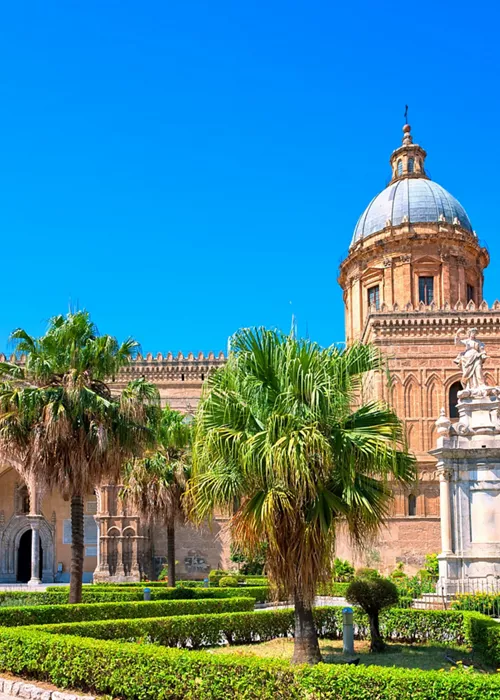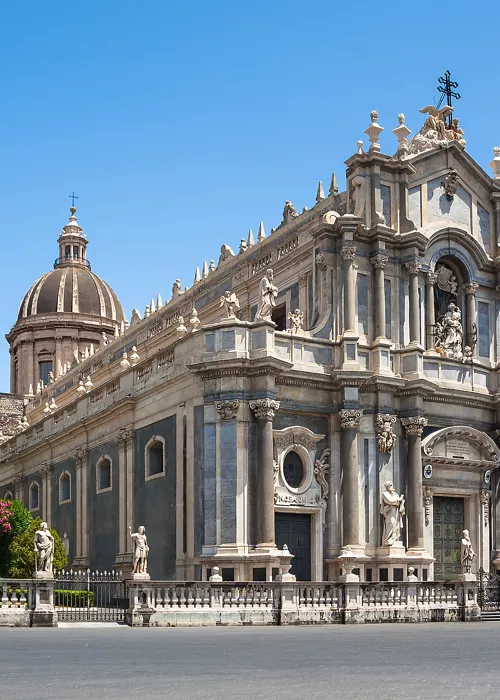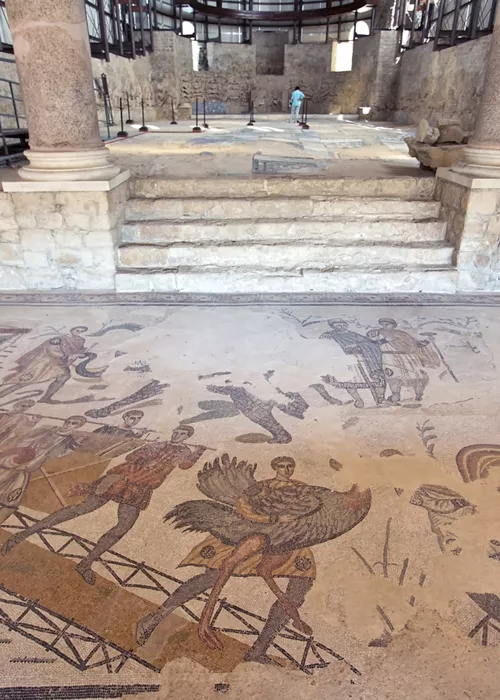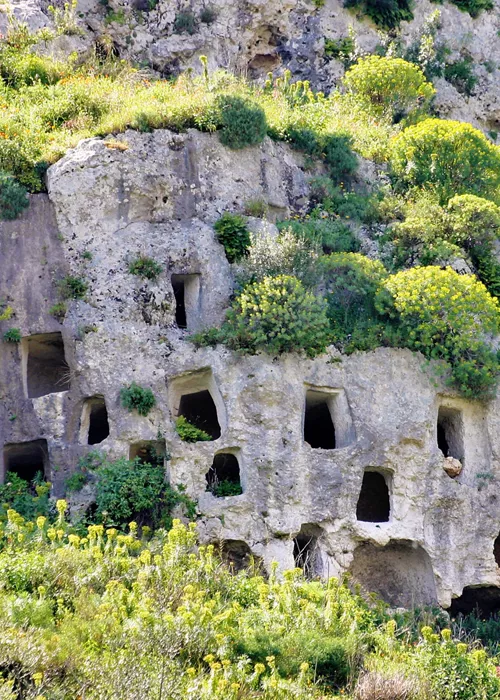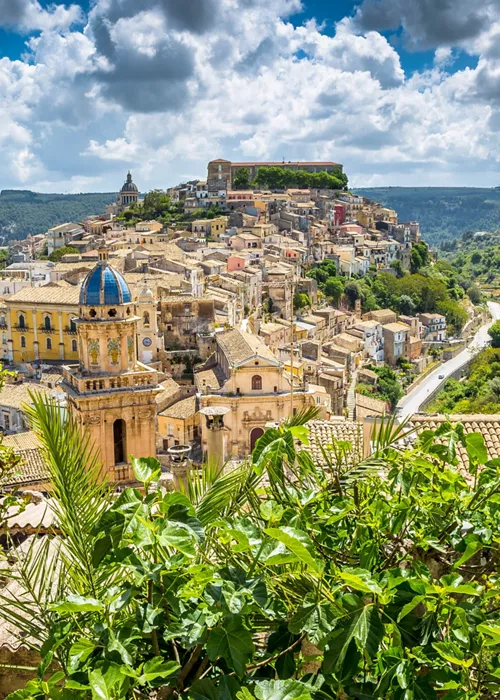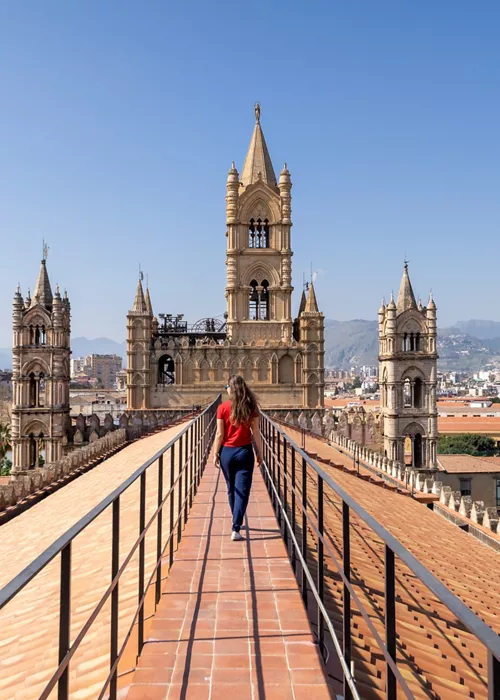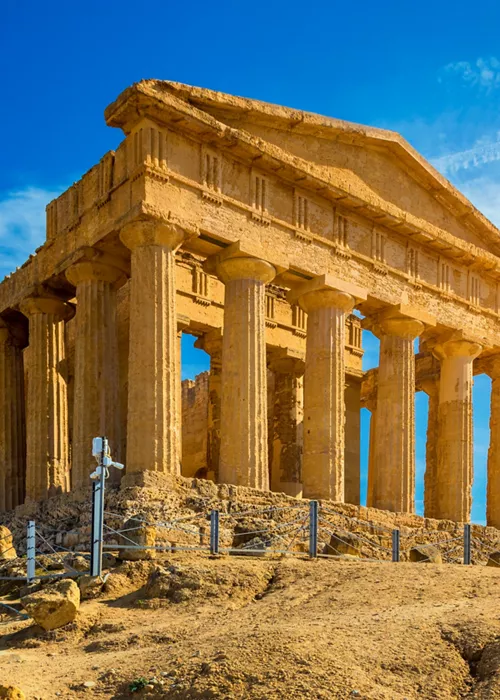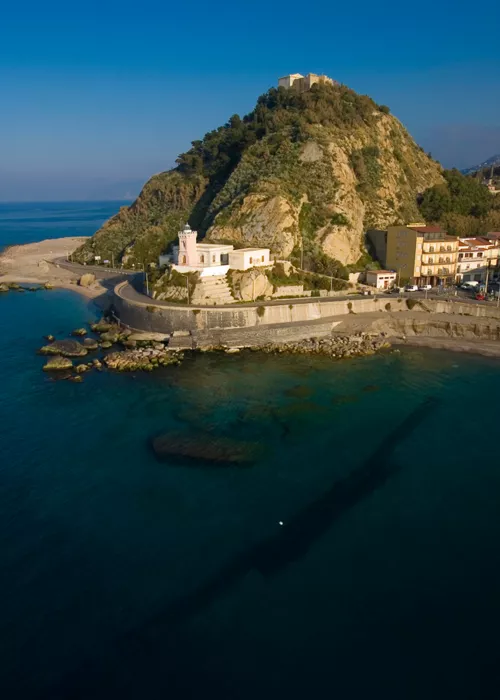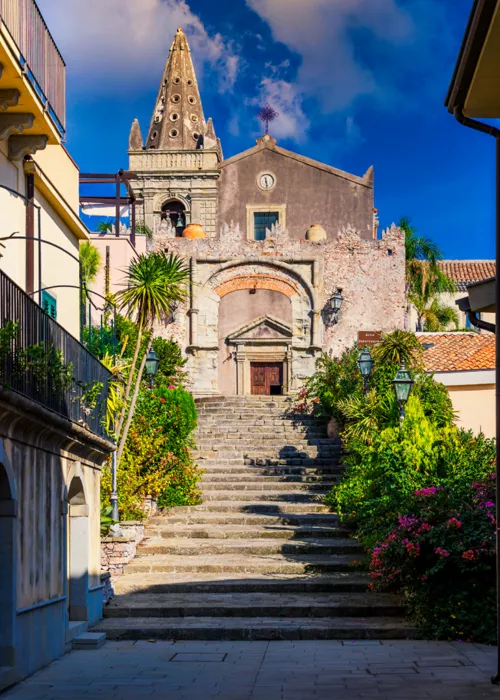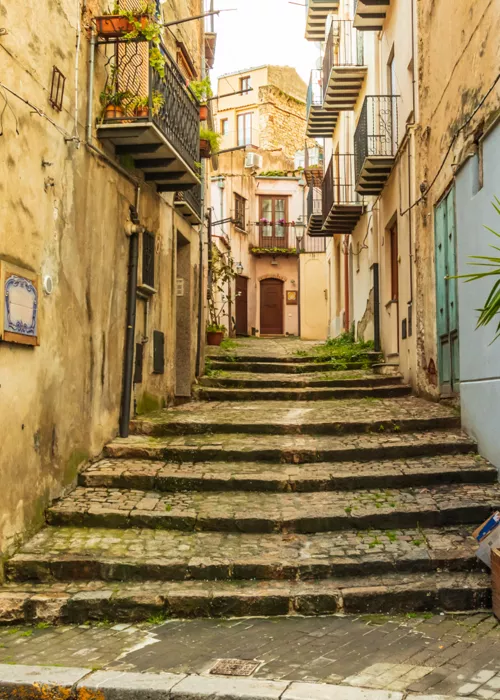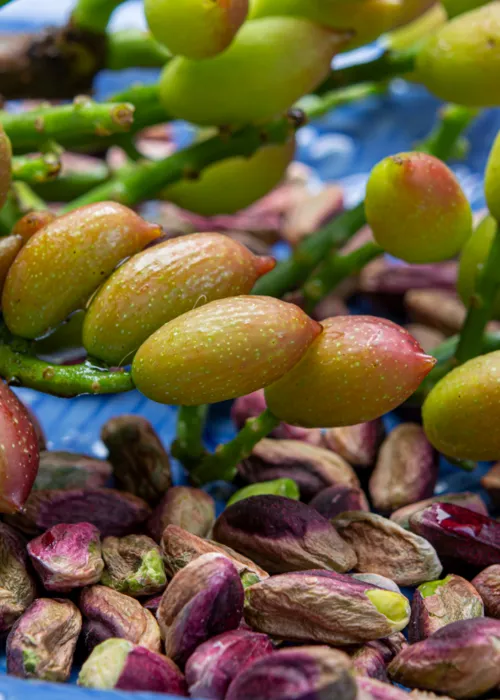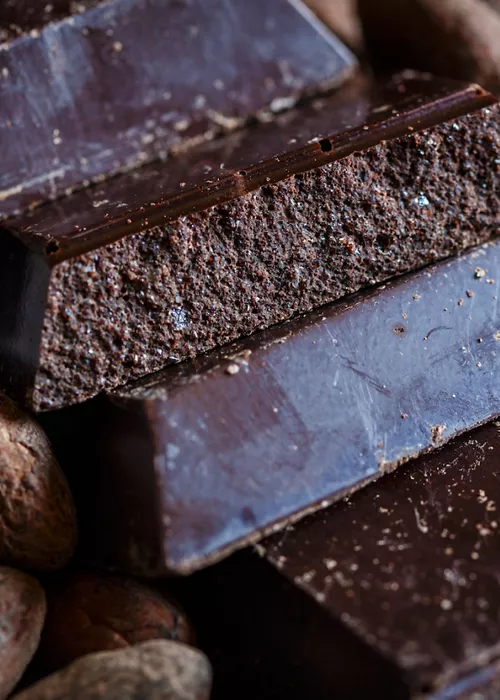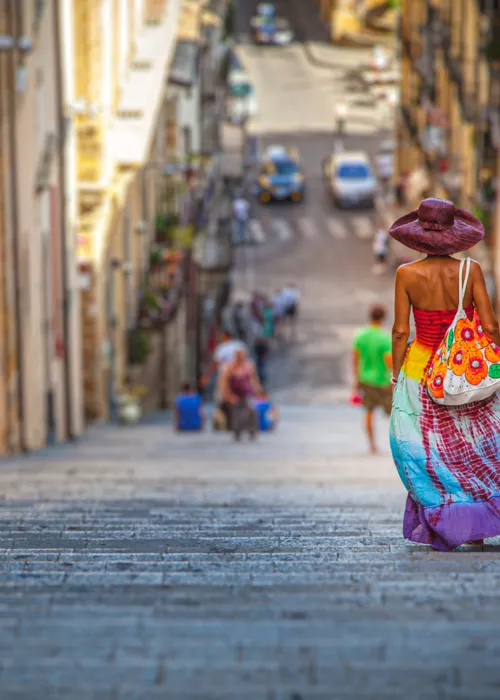The Opera dei Pupi
2 minutes
The Opera dei Pupi is a unique theatrical tradition that originated in Sicily in the early 19th century and is now recognized by UNESCO as an Intangible Cultural Heritage of Humanity. On stage, finely carved and armed puppets recount tales of knights and epic battles drawn from the Orlando Furioso and the Chanson de Roland. Each performance, led by the puparo (puppet master), combines narration, improvisation, singing, and the traditional Sicilian cuntu. These puppets are not mere marionettes—they are handcrafted works of art, equipped with intricate movements and detailed armor. Deeply rooted in Sicilian folk culture, the Opera dei Pupi remains a vibrant expression of identity, memory, and creativity.
An epic theatre blending cunto, improvisation and chivalric values

The Opera dei Pupi stages the chivalric deeds of medieval epics such as Orlando Furioso and the Chanson de Roland. The puppets recount battles between paladins and Moors, embodying justice, honor, and social redemption. The stories are narrated in episodes by the puparo, who performs using a rough script, improvising with a theatrical voice and an epic tone. The cunto and the songs of the cantastorie have accompanied this oral tradition for centuries, conveying moral codes and ancient values. In the past, performances often ended with a comedic farce, and in some cases, pupari used coded language to communicate subversive content.
Craftsmanship and Traditional Schools: A Comparison Between Palermo and Catania

Sicilian puppets are true works of art: carved from wood, hand-decorated, and dressed in finely chiseled metal armor. In Palermo, the puppets are lighter (around 80 cm tall), articulated, and maneuvered using rods and strings that animate the visor, knee, and sword arm. In Catania, by contrast, the puppets can reach up to 120–130 cm in height, weigh up to 16 kg, and have fixed limbs. They are operated from a stage bridge using two iron rods.
Each school has developed its own distinctive technique, but both are a testament to the craftsmanship and theatrical flair of a heritage that remains alive. The puppeteers’ workshops continue to pass down this knowledge with passion and dedication.


